Cooking with cast iron is a joy for many, but not everything belongs in this versatile pan. Some foods can stick, burn, or leave unwanted flavors that can mess up your meal and make cleaning a nightmare. From delicate fish to sticky sauces and smelly foods, here’s a rundown of 13 things you should never cook in a cast iron pan and why they might not be worth the trouble.
Contents
Fish

Cooking delicate fish like flounder or tilapia in cast iron often results in sticking due to the fish’s fragile nature and the iron pan’s rough surface. The intense heat also tends to dry the fish out, leaving it overcooked. Additionally, the cast iron pan can retain the fishy odor, potentially affecting the flavors of future dishes. Opting for a non-stick or stainless steel pan would preserve the delicate flavor and texture.
Eggs
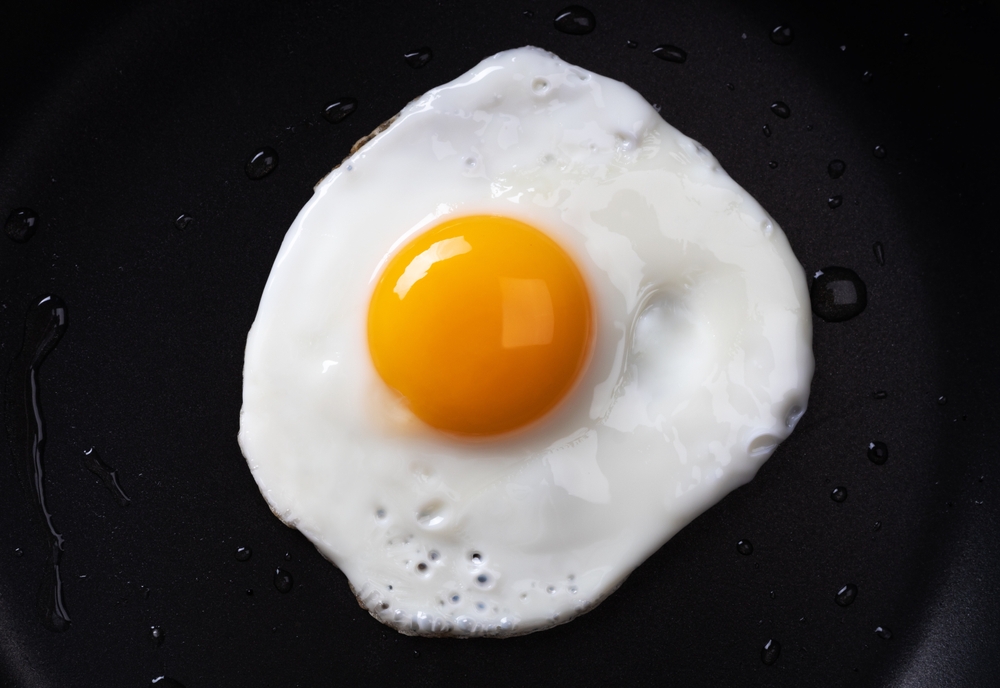
Eggs, particularly scrambled or fried, tend to cling to the porous surface of a cast iron pan if it isn’t perfectly seasoned. This results in a sticky mess that’s difficult to clean and reduces the enjoyment of your meal. Over time, sticking eggs could damage the seasoning layer, requiring extra effort to re-season. Using a non-stick pan can solve this issue and ensure a quick, smooth cooking experience.
Desserts

Baking or cooking sugary desserts in a cast iron pan often leads to burnt sugar residue that is difficult to remove. The lingering sweetness can also affect the taste of savory dishes cooked afterward. Since cast iron is porous, these sweet flavors can stick around longer than expected. Opting for a non-stick baking dish or pan is a better choice for dessert preparation.
Crepes
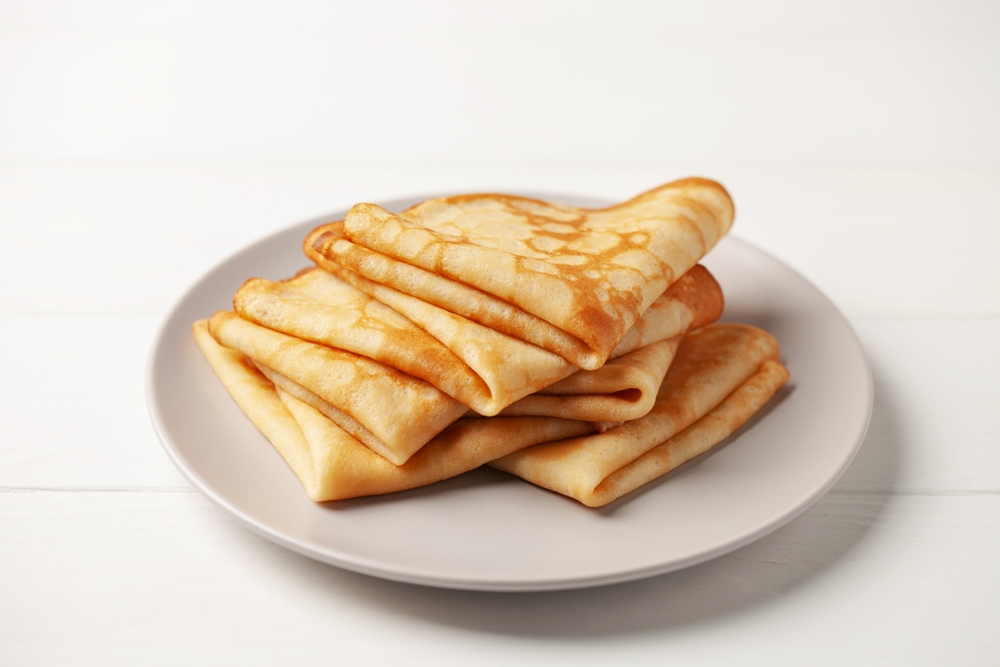
These delicate, paper-thin pancakes require precise control of temperature and a non-stick surface for easy flipping. Cast iron’s rough texture can cause crepes to stick, leading to tearing and frustration during cooking. Additionally, achieving the right heat balance can be challenging, resulting in either undercooked or burnt crepes. A non-stick crepe pan ensures consistent, even cooking for perfect crepes.
Tomatoes

High acidity in tomatoes can break down the seasoning layer and cause a metallic taste to leach into the sauce. Long cooking times, typical for tomato sauces or stews, exacerbate this problem. This chemical reaction can also cause discoloration of the pan and ruin the flavor of your meal. A stainless steel or enameled pot is better suited for tomato-based dishes.
Cheese
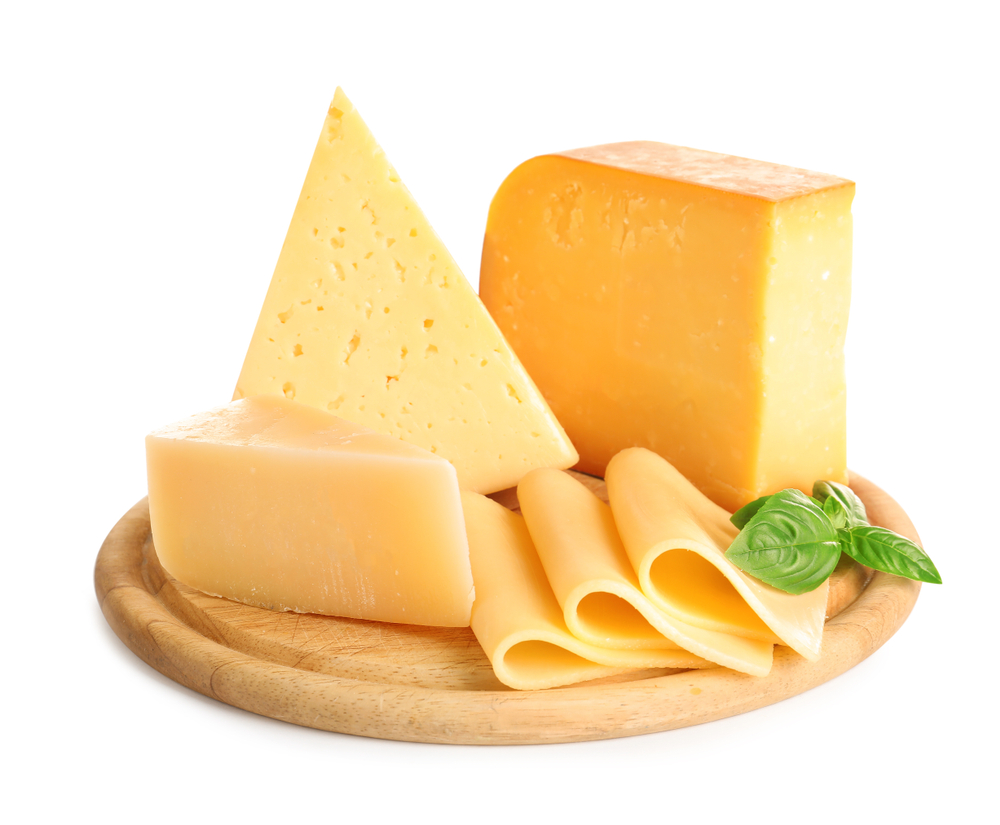
Cheese, particularly when melted, can become sticky and stubbornly cling to cast iron surfaces. This creates a cleanup challenge that could damage the pan’s seasoning and lead to rust if not thoroughly dried afterward. The porous surface may also retain cheesy odors, impacting future dishes. Non-stick or enameled cookware will give you better results with melted cheese recipes.
Garlic

Although garlic is a popular ingredient, cooking it in cast iron at high temperatures often leads to sticking and burning. Burnt garlic is bitter and unpleasant, potentially spoiling the entire dish. Moreover, garlic’s strong aroma can linger in the porous surface, affecting future meals. It’s best to use stainless steel or non-stick cookware for garlic-heavy dishes.
Wine-Braised Foods
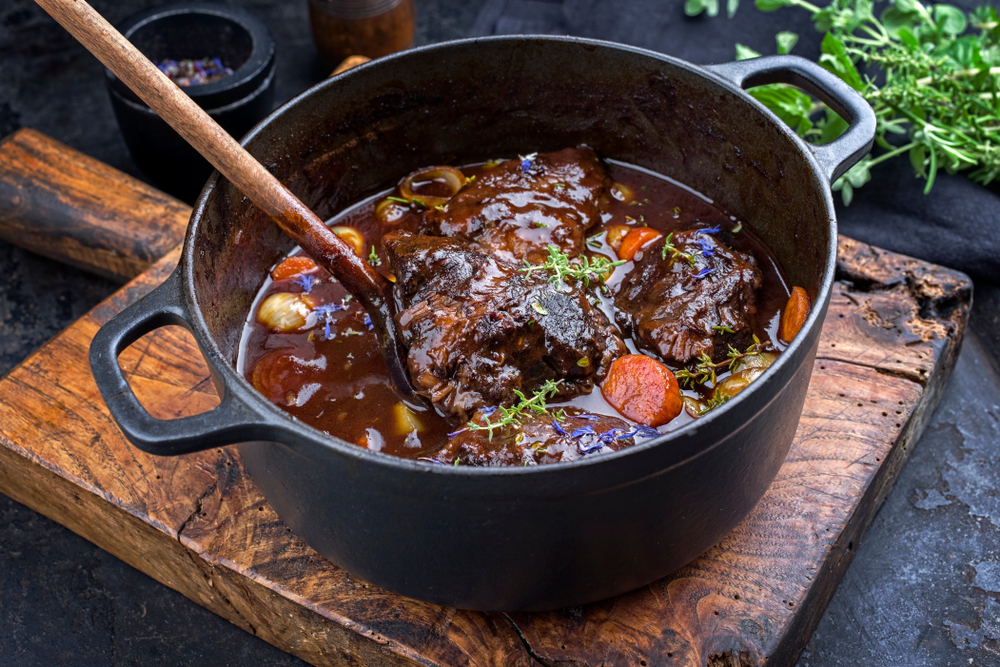
Cooking with wine involves prolonged simmering, during which the wine’s acidity can strip the seasoning layer of a cast iron pan. This not only imparts a metallic taste but also risks damaging the pan itself. Additionally, the pan may absorb the flavors of the wine, impacting other recipes. Stainless steel or enameled cookware is better for braising with wine.
Brothy Beans

Simmering brothy beans in cast iron can lead to leaching of iron into the broth, which may result in an off-taste. The high liquid content can strip the seasoning layer, leading to rust spots. Additionally, acidic ingredients often added to beans, like tomatoes, can exacerbate these effects. Stick with a non-reactive pot to maintain your desired flavor profile.
Sticky Sauces

Sticky sauces, like barbecue or teriyaki, are challenging to clean from cast iron due to their tendency to burn and cling to the pan. Scrubbing off the residue can harm the seasoning layer and lead to rust formation. The retained flavors might also interfere with future dishes. A non-stick or enameled pan can prevent sticking and simplify cleanup.
Acidic Foods

The acidity in foods like citrus or vinegar-based dishes reacts with the cast iron, causing the pan to leach metallic flavors into the food. Prolonged exposure can also damage the seasoning layer and create rust spots. As a result, your dish may end up tasting metallic or unpleasant. Stainless steel pans handle acidic foods much better and won’t interfere with your intended flavors.
Other Sticky Ingredients
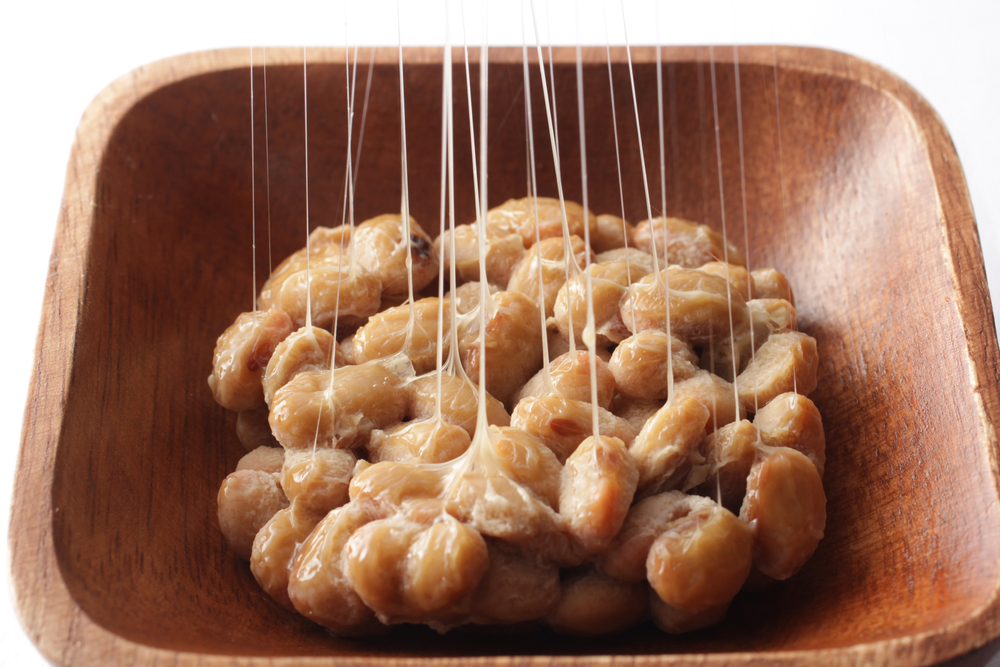
Any ingredients with high sugar content tend to adhere to the cast iron’s porous surface, making cleanup troublesome. This sticking not only ruins the texture of your food but also requires scrubbing that can damage the seasoning. Sticky residue can lead to uneven seasoning, causing rust and food sticking in the future. For these ingredients, non-stick or stainless steel pans are better choices.
Other Smelly Foods

Strong-smelling foods like fish or certain spices can leave lingering odors in a cast iron pan due to its porous nature. The smells can seep into the seasoning, affecting the flavor of other dishes cooked afterward. Additionally, thorough cleaning might strip the pan’s protective layer. Use stainless steel or other non-porous cookware to avoid unwanted odor retention.
This article originally appeared on RetailShout






